The Healing Relationship for Women in Prostitution
Article
Abstract
[In English]
The prostitution phenomenon in Lithuania is related mainly to the issues of morality and free choice. From the existential approach, prostitution means the human existence of persons in prostitution appearing primarily as a highly narrowed realisation of the potential communication and relationship with others. A person who has experienced trauma like an act of prostitution becomes detached from his or her experiences. His or her emotions, then, become unrecognised, unacknowledged or unexpressed. Understood existentially, it is necessary for this person to search for who he or she is to fully experience his or her emotions in any life occurrence. This article is built on a study of the personal experiences of fifteen women working in prostitution, applying an existential approach through a heuristic research strategy. The study focused on obstacles the women faced growing up, on choices they made while deciding whether to disengage from prostitution or not and on the help they sought after being dehumanised and turned into objects for the sexual satisfaction of others. Our results indicate that women in prostitution do not outwardly reflect the emotions they experience and have trouble sensing themselves as they are. Further, the study showed how women in prostitution were unable to seek help without aid actively given by others. Meeting with help giver, and the quality of these meetings (establishing a trustworthy space), was crucial. In these supportive relationships, women working in prostitution developed their individuality, the key to their human existence.
Downloads
This journal allows the author(s) to hold the copyright without restrictions. Topos Journal uses CC BY-NC-ND 4.0 license (license URL: http://creativecommons.org/licenses/by-nc-nd/4.0).


